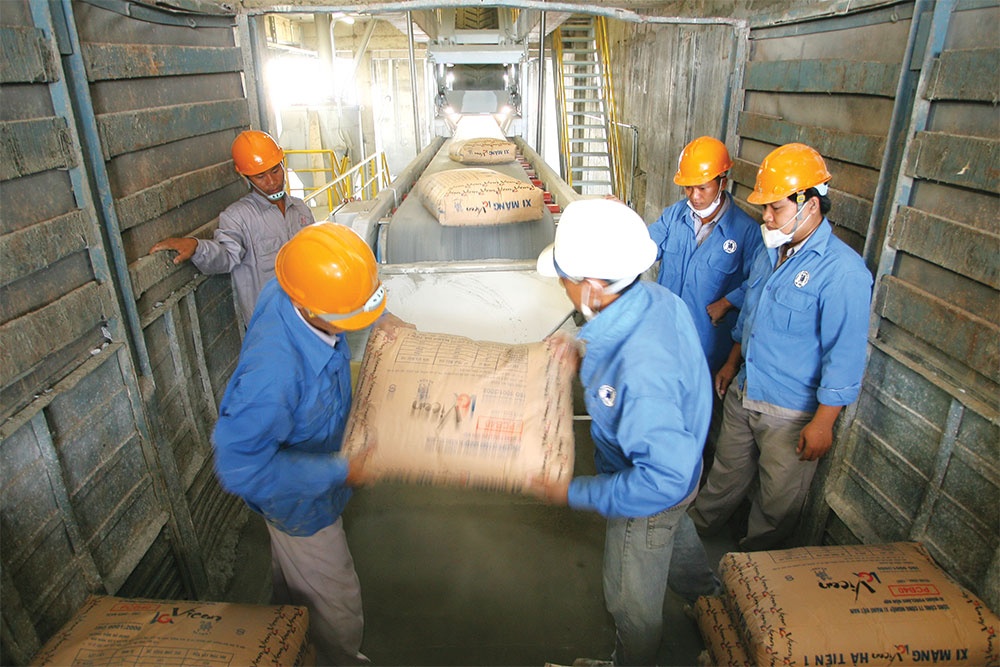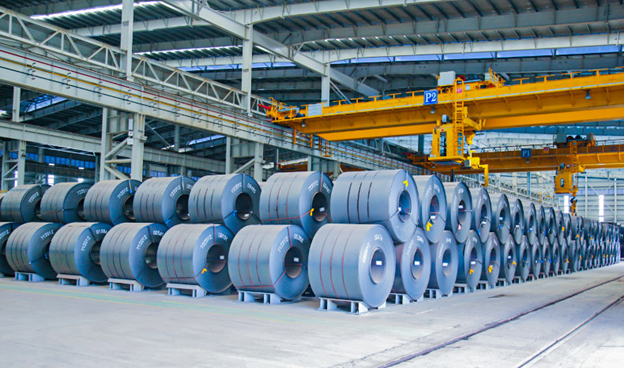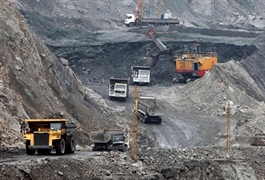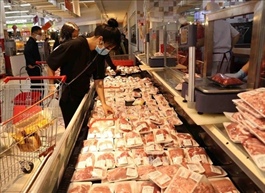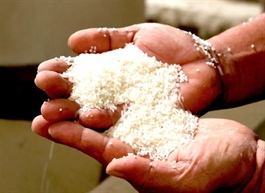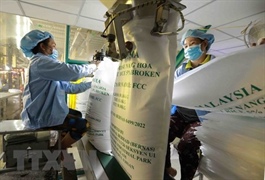Steelmakers encouraged to look to premium segment
Steelmakers encouraged to look to premium segment
Although large steel firms have been urged to restructure away from construction steel towards industrial products to avoid getting bogged down in a depressed market, most still fail to have the capacity to do so.
The current oversupply of construction steel is high. Vietnam’s steel production reached 29.3 billion tonnes in 2022, far exceeding the figures anticipated in the country’s steel planning to 2025.
In its report on modernising the steel industry last year, one of the Ministry of Industry and Trade’s (MoIT) initiatives to industrialise the industry is to contemplate a “dedicated strategy” to steer the development of the steel industry and redress the gap between upstream and downstream industries.
The government should play a development-focused role in luring and constructing large-scale metallurgical complexes, industrial specialists said.
To initially conquer the production technology of these steels, firms must concentrate on the production of processed and fabricated steels with a high technological level and large market capacity. The MoIT estimated that the total market demand for Vietnam’s manufacturing industries will reach $310 billion by 2030.
However, production capacity puts a limit on the supply of industrial steel. The MoIT reported that, with the exception of a few new factories with significant capacities, such as Hoa Phat Dung Quat and Hung Nghiep Formosa, there are not many local businesses being included in this trend. The reason is that domestic factories “generally have limited capacity and obsolete equipment.”
Huge and complex constructions, such as oil platforms, utilise industrial steel, which must be highly resistant to heat, pressure, chemicals, corrosion, and erosion. This steel is used in the construction of vessels, aircraft, construction sites, wind turbines, and pipelines. In contrast, construction steel is used for smaller to medium-sized undertakings and is typically less demanding than industrial steel.
Nevertheless, currently, only Hoa Phat Group seems to be in any position to adhere to the MoIT’s recommendations.
At the Hoa Phat 2023 AGM, Tran Dinh Long, chairman of the Board of Directors, said that the company would focus on creating and introducing high-quality steel products in place of construction steel.
The Hoa Phat product inventory includes steel coils for car tyres, fasteners, and rebar steel coils, which are collectively referred to as industrial steel.
According to Long, the demand for coil steel used in the production of tyres is rising. However, unprocessed steel coils are currently imported at a premium price.
“The product line will contribute to the replacement of imported commodities by meeting the requirements of domestic and international markets, thereby assisting in enhancing the competitive edge of businesses,” Long said.
No company on the domestic market is currently capable of producing this form of steel due to “complicated technical prerequisites and high demand,” according to Long.
The chairman of one domestic industrial steel firm told VIR last month that the industrial steel market has much future potential.
Considered stronger than construction steel, the industrial steel industry still “burdens itself on account of the economic recession, which affects consumption demand,” he said.
According to him, production in the first five months of this year for his company totalled 12,000 tonnes, a decrease of approximately 35 per cent compared to the same period in 2022.
Furthermore, China, a major producer of steel, is “increasing exports” to Vietnam at competitive pricing, which will also limits the export ability of domestic companies, he noted.
“Our company’s strategy from now until the end of the year is to be conservative. The firm intends to meet business requirements when the economy recovers and flourishes again by researching solutions and enhancing employee skills to boost efficiency, reduce expenses, and be well-prepared,” the chairman said.
At present, steel production and commerce are experiencing a distinct deterioration.
Dao Minh Chau, deputy director of equity analysis at SSI Research, said that peak steel consumption typically began in March, but in the last three months it had fallen by around 20-30 per cent over the same period by the beginning of June.
“In addition, the demand for steel exports has yet to show an upbeat trend, despite evidence of a slight rebound in the second quarter,” Chau said.





